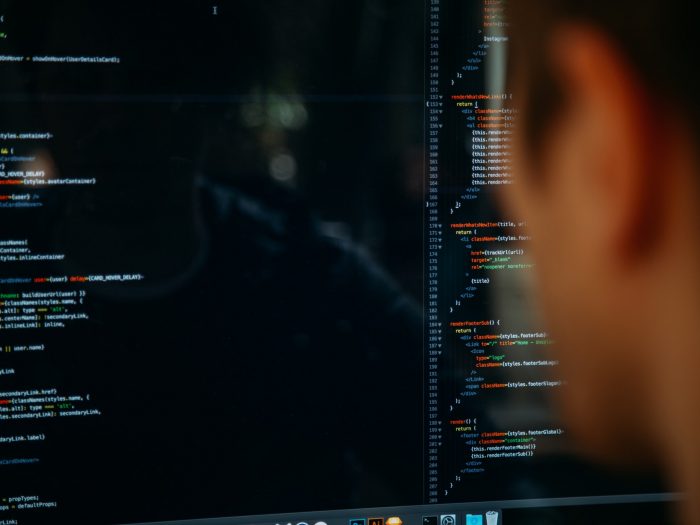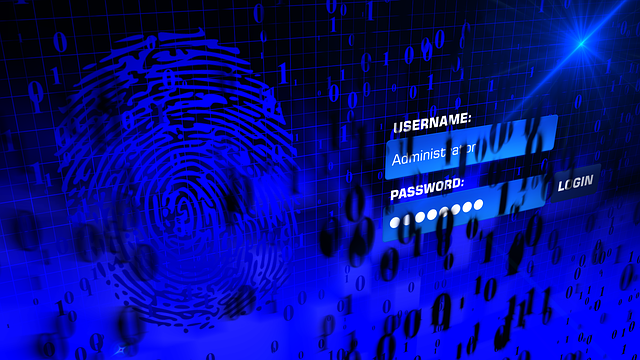In 2020, a lot of businesses had to suddenly shift to remote work and home offices. With that change, came a lot of vulnerabilities as team members started to access the company’s system from multiple locations.
Remote work will be here to stay for the next months, maybe years, and it is vital for businesses to take safety measures to protect their data and team members against hackers.
Here are 9 strategies on how you can protect your business and remote staff from hackers.
Validate the use of services and data
Businesses must change the way they approach identity and trust for their IT enterprises. With distributed workforces, companies will have to change the way they control access and authenticate access.
Invest in training and security and training
The transition to the ‘new normal’ meant that privacy and security concerts must become a top priority. As malicious attacks continue to rise and are becoming more and more sophisticated, businesses must be proactive and invest in security and privacy in terms of dedicated staff and training and educating all team members.
Leverage flexible and agile technology
Businesses that leverage flexible and agile solutions will more easily adapt to the changes that came with the disruptions due to COVID-19. Technologies need to evolve quickly and ensure the highest level of security to prevent hackers and fraudsters.
Frequently test your recovery solutions
Your data protection plan needs to be frequently updated. With the increased risks, you must not only implement protection in the terms of endpoint security, firewalls, and email protection but also ensure that the data is backed up and accessible. Implement and frequently test your disaster-recovery solution.
Provide strong credentials for your remote team
As remote work is here to stay, you need to provide your remote team with strong credentials. Ensure that you employ security best practices – multi-factor authentication can be of help but does not offer the security level of client certificates.
Have multistep authorization methods
Multi-step authorization is important even for team members who have been a part of the organization for a long time. It is not an easy task to track who is accessing whose data so multistep authorization is a practice that should be implemented throughout.
Double-check remote access
The sudden shift from office to working from home put intense pressure on getting things to work properly and immediately. This makes for the perfect opportunity for new security oversights and gaps. Make sure that you map your network and that you only have open access to what you wanted to and nothing more.
Encourage your staff to practice smart skepticism
Ever since the onset of COVID-19, hackers have been trying additional ways to exploit people’s emotional and mental vulnerabilities. From phishing emails to malware-infected coronavirus tracker maps, businesses must educate their employees and clients to understand the importance of applying a healthy dose of skepticism.
Implement IoT best practices
When employees use personal IoT devices to handle company data, they need to apply an extra level of security as personal devices often lack the security level of work-sanctioned devices. Your employees should use multifactor authentication when possible, access only data that is needed for their job, and avoid downloading any company data to their personal IoT devices.



